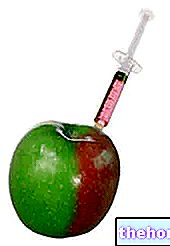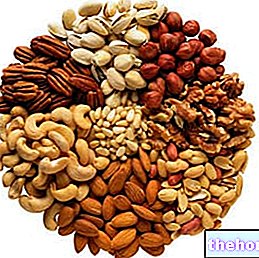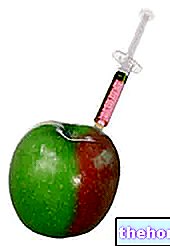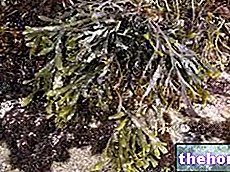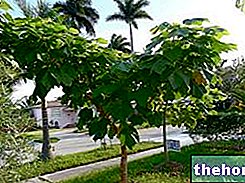Sulfur dioxide or sulfur dioxide is a colorless gas, with an irritating odor (reminiscent of “rotten eggs”) and extremely soluble in water, which is produced by the combustion of sulfur when it comes into contact with air.
It can be used as such or in liquid form, while sulphites occur as powders.
In ancient times sulfur dioxide was used to disinfect fermentation vats, but it is only since 1920 that sulphites have been used with some frequency in the preparation of food and drinks. Sulfur dioxide was and is used as an antimicrobial, antifungal , inhibitor of the enzymatic and non-enzymatic browning process, antioxidant and as a whitener of sugar and starch.
Due to its antimicrobial properties, sulfur dioxide is used as an additive in the bleaching processes of sugar, and in the preservation of wine must, beer, fruit juices and stuffed meats; on the label, it is identified by the initials E 220. Sulfur dioxide can have different functions and applications:
- Most of the sulfur dioxide is transformed, through an oxidative process, into trioxide (SO3), which is then used to form sulfuric acid.
- A small amount of sulfur dioxide is used to produce sulphites used to preserve food and wine (in wine they have an antioxidant role, reduce the growth of bacteria and yeasts, stop any fermentation, and facilitate the extraction of color and flavor from the marc to the wine itself; by law the limit of sulphites is 200 mg / l);
- It is used for maintaining the color of dried fruit and grape berries;
- It is also used for the production of organic sulphonates and carbon sulphide;
- It is used as a whitener in the paper, textile fiber and sugar industries (refined sugar can only contain up to 15 mg of sulfur dioxide per kg);
- It is used as a reducing agent in the production of tannin (they are polyphenolic compounds common in plants);
- It is used in the food industry and in the refrigeration industry as a pesticide and antibacterial.
Sulfur dioxide can be used in: canned fish, in vinegar, in oil or in brine, jams, frozen crustaceans, dried or candied fruit, soft drinks based on fruit juices, wines, vinegar and dried mushrooms. It is therefore a very frequent additive in various products.
It is essential to underline that it is not so much the quantity present inside a single food that is harmful, but the sum of the various quantities contained in the different products taken throughout the day. They must pay close attention to the consumption of foods containing this preservative, especially people asthmatics, especially if in therapy with cortisone, because they are very sensitive to sulphates and may have more or less severe breathing difficulties.
In humans and animals, sulfur dioxide is very irritating to the eyes, mucous membranes and especially the respiratory tract: even minimal exposure can lead to acute pharyngitis, loss of smell, loss of taste and pulmonary edema (if inhaled).
It can also cause strong acidity in the urine, fatigue, headaches, nervous disorders, allergic reactions, dysentery, etc.
In addition to the rest, from a nutritional point of view it seems that sulfur dioxide also hinders the assimilation of vitamins B1 and B12, reducing the nutritional value of the foods that contain them.
The problems associated with its use are often overcome by using its salts (sulphites), because they are easier to use although they have the same side effects (since they release sulfur dioxide).
They are:
- E221 SODIUM SULFITE
- E222 SODIUM ACID SULPHITE or SODIUM BISULPHITE
- E223 SODIUM METABISULPHITE
- E224 POTASSIUM METABISULPHITE
- E225 CALCIUM DEULPHITIZED
- E226 CALCIUM SULPHITE
- E227 CALCIUM BISULPHITE OR CALCIUM SULPHITE ACID


